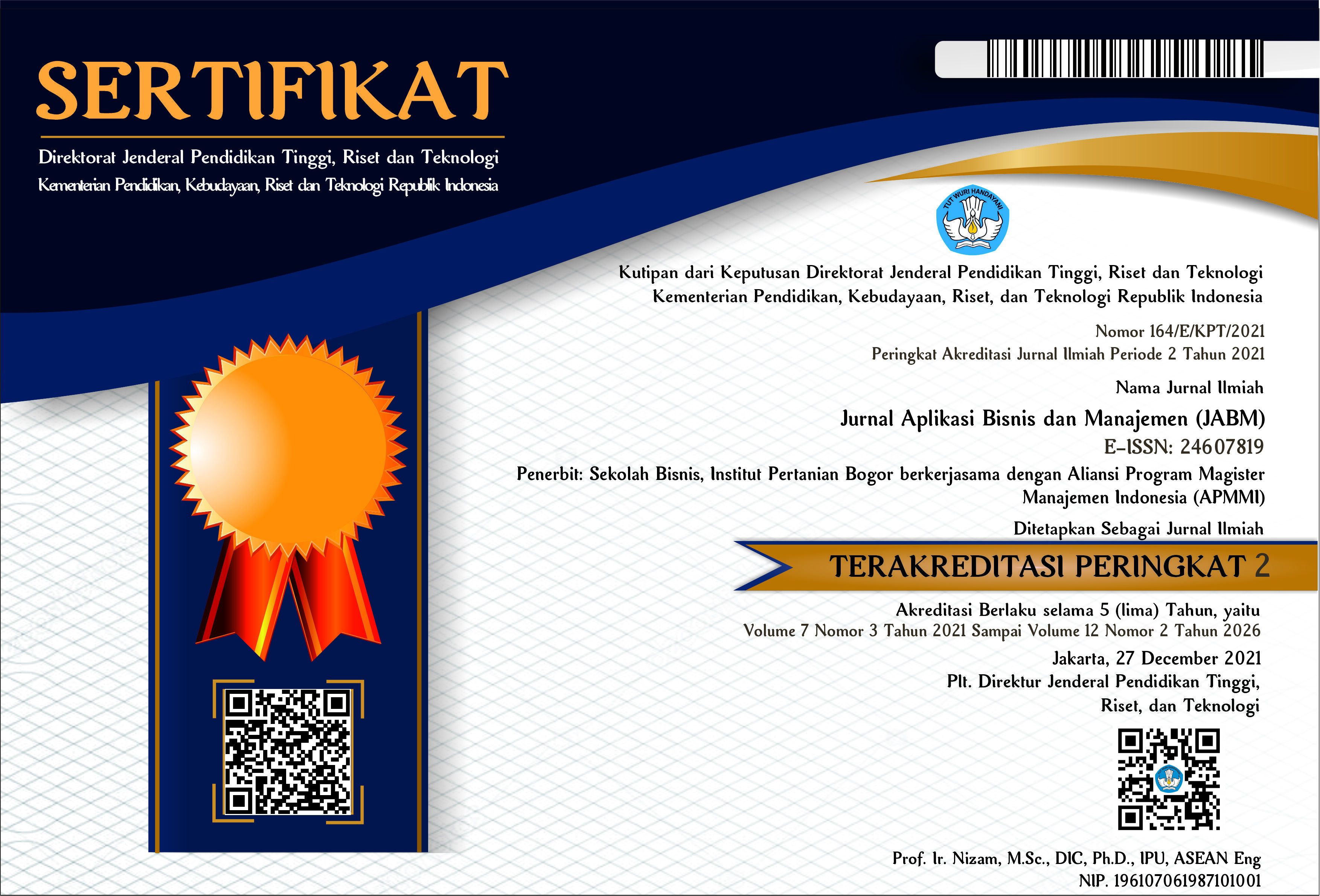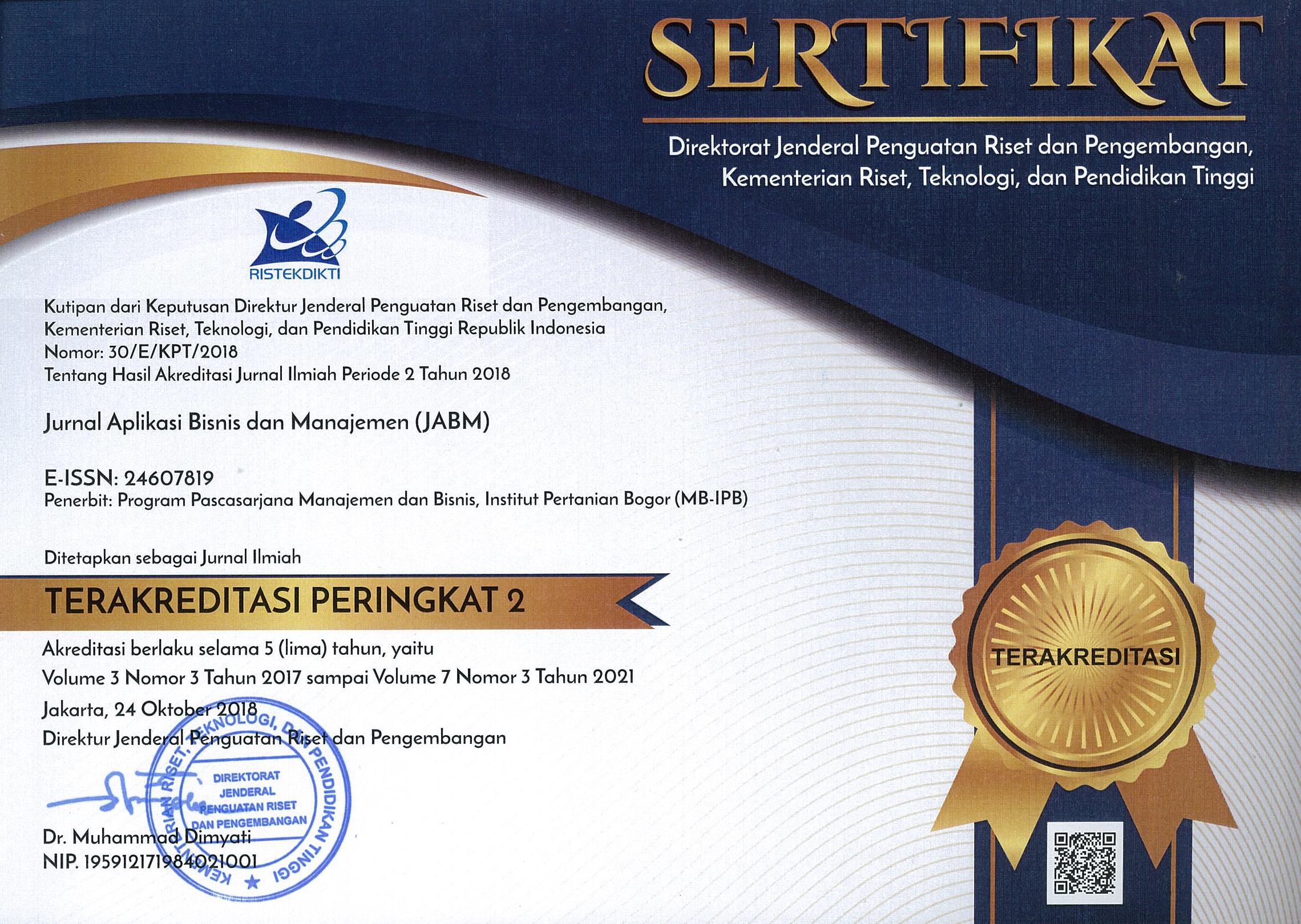Does Subjective Well-Being and Perceived Organizational Can Support Startup Employees’ Performance During Hybrid Workforce Era?
Abstract
The hybrid workforce is a combined work from an office and remote working implemented by many companies after the pandemic subsided. This study analyzed the subjective well-being and perceived organizational support in the hybrid workforce era on startup employees' performance in Indonesia. The total of the research samples was 110 samples, which the researcher used convenience sampling to obtain and SEM-PLS analysis to analyze the data. The results showed differences between permanent and temporary employees that stem from differences in perceptions between the two groups of employees. In the effect of perceived organizational support on subjective well-being, the researcher obtained the same results between temporary and permanent employees, in which perceived organizational support affected their well-being. The result obtained for the effect of subjective well-being on employee performance showed that it did not affect temporary employees but permanent employees. In the effect of perceived organizational support on employee performance, temporary employees have a more significant influence on permanent employees. In the influence of the hybrid workforce era on employee performance, the results obtained did not affect temporary but affect permanent employees.
Keywords: permanent employees, performance management, remote working, SEM-PLS, temporary employees








